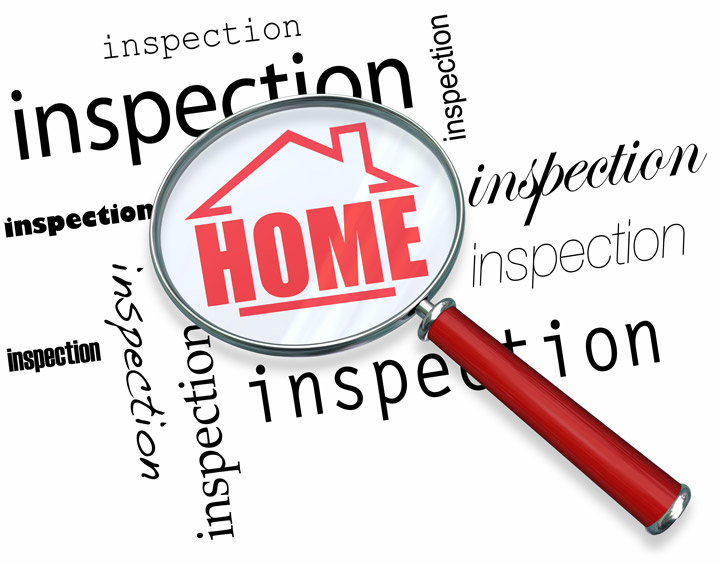
Home Appraisals: A PrimerAcquiring real estate is the most serious transaction most of us could ever encounter. It doesn't matter if where you raise your family, a second vacation property or an investment, purchasing real property is a detailed financial transaction that requires multiple parties to make it all happen. Practically all the participants are very familiar. The real estate agent is the most recognizable entity in the exchange. Next, the bank provides the financial capital required to bankroll the deal. And ensuring all details of the transaction are completed and that a clear title transfers from the seller to the buyer is the title company. So, what party makes sure the value of the property is in line with the amount being paid? In comes the appraiser. We provide an unbiased estimate of what a buyer might expect to pay — or a seller receive — for a property, where both buyer and seller are informed parties. A licensed, certified, professional appraiser from Winco will ensure, you as an interested party, are informed. Inspecting the subject propertyTo determine an accurate status of the property, it's our responsibility to first conduct a thorough inspection. We must see features first hand, such as the number of bedrooms and bathrooms, the location, amenities, etc., to ensure they really exist and are in the shape a reasonable person would expect them to be. The inspection often includes a sketch of the floorplan, ensuring the square footage is proper and conveying the layout of the property. Most importantly, the appraiser looks for any obvious amenities - or defects - that would have an impact on the value of the house. Once the site has been inspected, an appraiser uses two or three approaches to determining the value of real property: sales comparison and, in the case of a rental property, an income approach. 
Replacement CostThis is where we analyze information on local construction costs, labor rates and other factors to figure out how much it would cost to replace the property being appraised. This figure often sets the upper limit on what a property would sell for. The cost approach is also the least used method. 
Paired Sales AnalysisAppraisers can tell you a lot about the subdivisions in which they appraise. They thoroughly understand the value of certain features to the homeowners of that area. Then, the appraiser looks up recent sales in close proximity to the subject and finds properties which are 'comparable' to the subject at hand. By assigning a dollar value to certain items such as upgraded appliances, extra bathrooms, additional living area, quality of construction, lot size, we add or subtract from each comparable's sales price so that they more accurately portray the features of subject property.
In the end, the appraiser reconciles the adjusted sales prices of all the comps and then derives an opinion of what the subject could sell for. At Winco, we are experts in knowing the value of particular items in Bakersfield and Kern County neighborhoods. This approach to value is most often given the most importance when an appraisal is for a real estate purchase. Valuation Using the Income ApproachA third way of valuing approach to value is sometimes used when an area has a reasonable number of renter occupied properties. In this case, the amount of revenue the property generates is taken into consideration along with income produced by comparable properties to derive the current value. Arriving at a Value ConclusionExamining the data from all approaches, the appraiser is then ready to put down an estimated market value for the subject property. The estimate of value at the bottom of the appraisal report is not always the final sales price even though it is likely the best indication of a property's valueDepending on the individual circumstances of the buyer or seller, their level of urgency or a buyer's desire for that exact property, the closing price of a home can always be driven up or down.Regardless, the appraised value is typically employed as a guideline for lenders who don't want to loan a buyer more money than the property is actually worth. Here's what it all boils down to, an appraiser from Winco will help you get the most fair and balanced property value, so you can make profitable real estate decisions. |